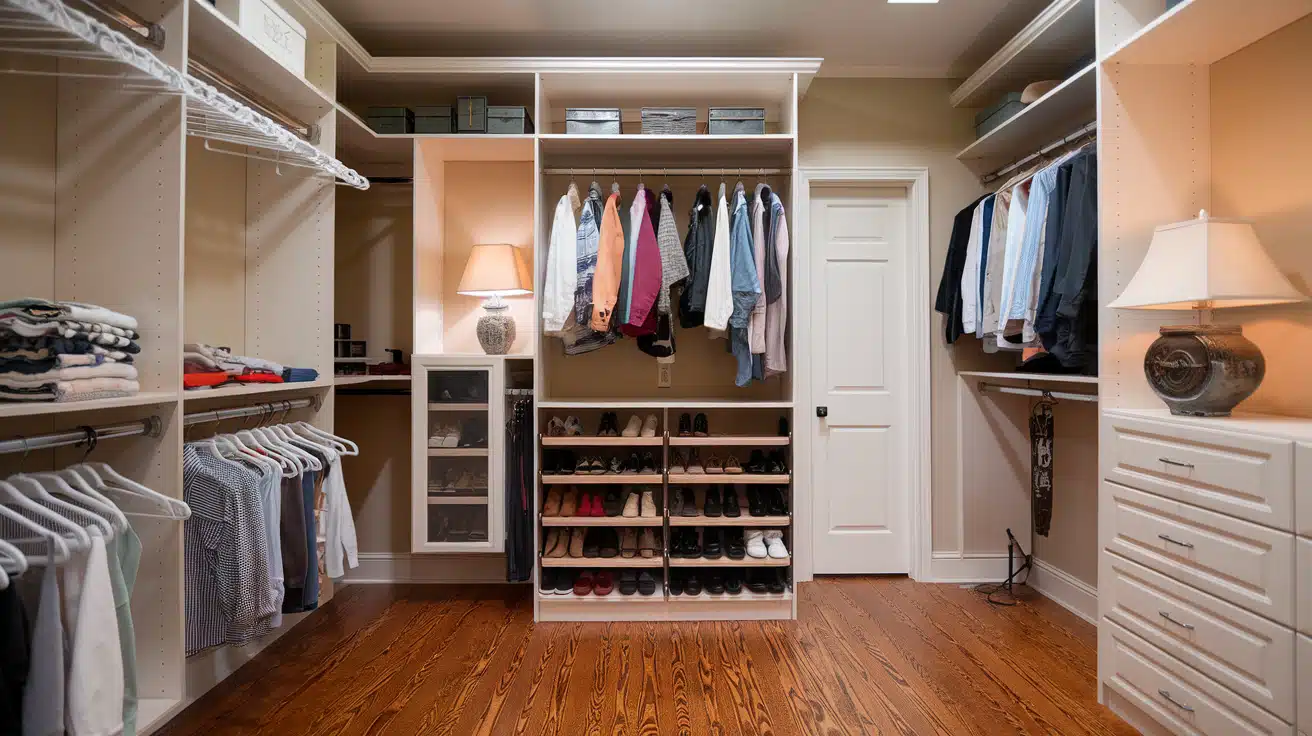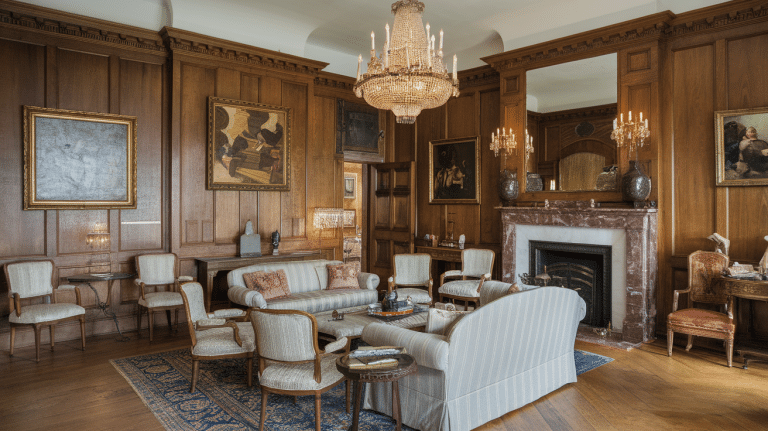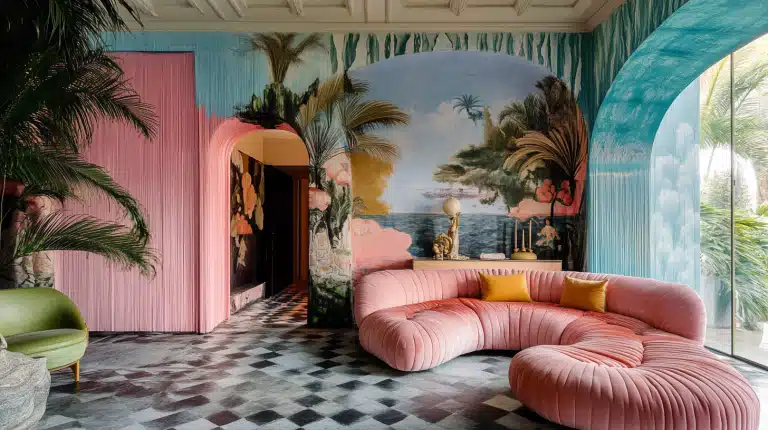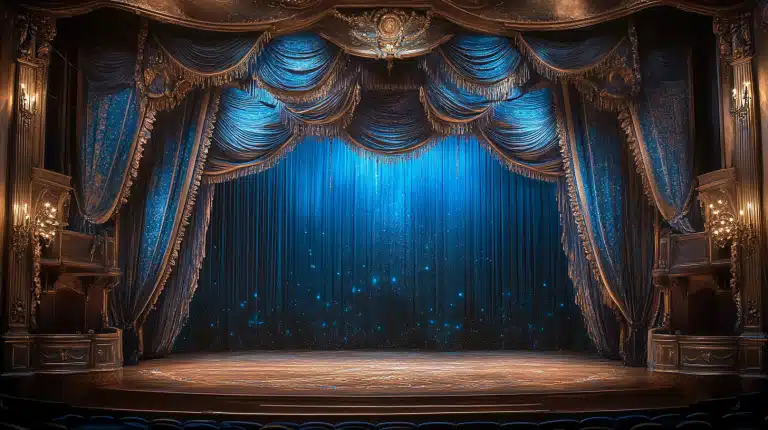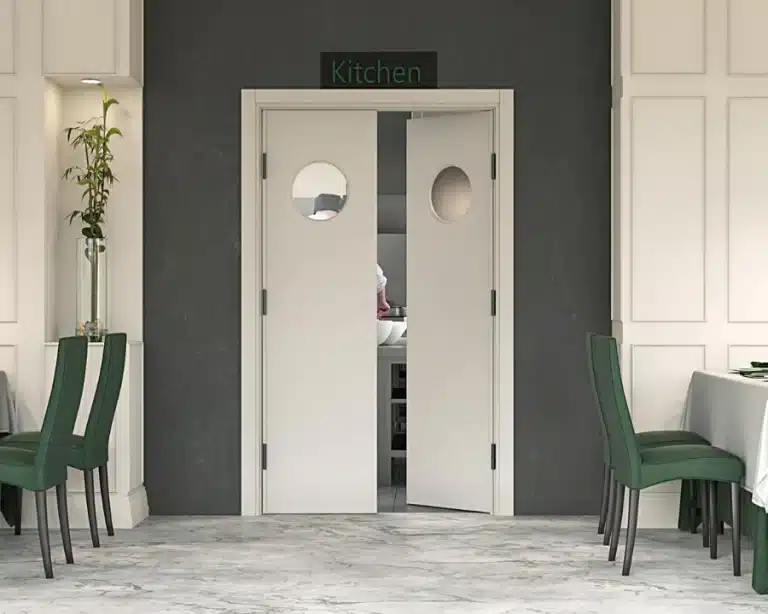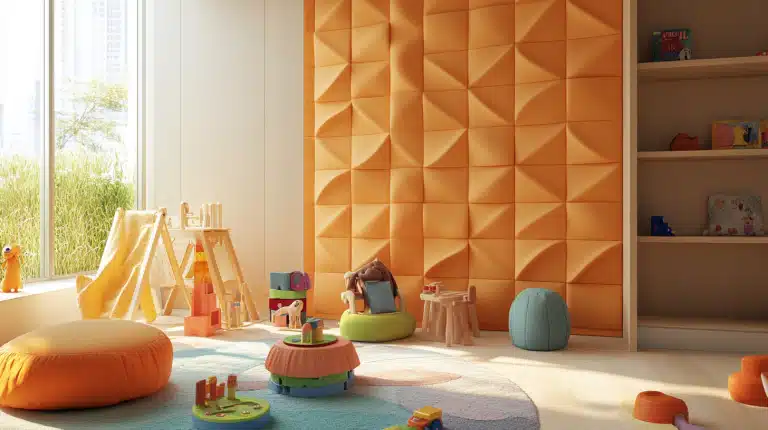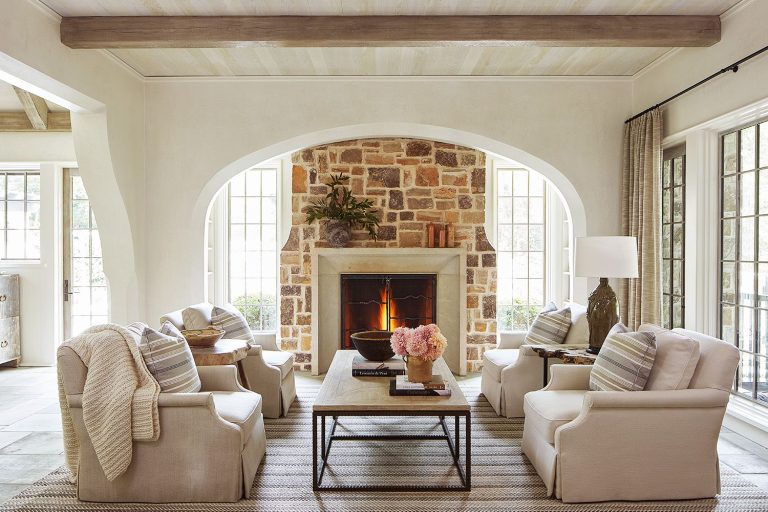Master Closet Size: Finding the Perfect Fit for Your Space
Have you ever stood in your master closet feeling frustrated because you can’t find your favorite shirt in the cramped space?
Studies show that an organized closet can save up to 30 minutes each morning during your daily routine. Yet, most homeowners don’t know the ideal size their master closet should be.
A well-planned master closet organizes mornings, keeps clothes in top condition, and adds value to a home. The first step to creating this perfect space is getting the measurements right.
Let’s explore the essential factors determining the ideal master closet size for your needs and learn how to maximize every inch of your storage space.
Standard Master Closet Sizes
Choosing the right size for your master closet starts with understanding standard dimensions and how they fit your needs.
Different closet types serve various purposes, and knowing their measurements helps you plan better.
Walk-in vs. Reach-in Closets
The main difference between walk-in and reach-in closets is their basic design and space requirements.
A walk-in closet allows you to step inside the storage area, offering more options for organization. A reach-in closet stays within the wall space, making it a practical choice for smaller homes.
- Walk-in closets need at least 24 square feet of floor space, offering room for clothing racks on multiple walls
- Reach-in closets work well in 18-20 square feet of space, with storage options on one wall only
Typical Dimensions for Master Closets
Here’s a clear breakdown of master closet sizes:
| Closet Type | Minimum Size | Ideal Size | Luxury Size |
|---|---|---|---|
| Reach-in Closet | 3 ft. x 6 ft. | 4 ft. x 8 ft. | 5 ft. x 10 ft. |
| Small Walk-in Closet | 4 ft. x 4 ft. | 5 ft. x 7 ft. | 6 ft. x 8 ft. |
| Large Walk-in Closet | 6 ft. x 10 ft. | 8 ft. x 12 ft. | 10 ft. x 15+ ft. |
Factors That Influence Closet Size Selection
- Available bedroom space: Your closet size should take up no more than 25% of the total bedroom area
- Personal storage needs: Consider the size of your wardrobe and the types of items you need to store
- Home resale value: A well-designed master closet can increase your home’s market appeal
- Budget constraints: Larger closets require more materials and labor for construction
Assessing Your Wardrobe and Storage Requirements
Start by taking a complete count of your clothing items. Begin with a thorough list of all your shirts, pants, dresses, and suits. Make sure to separate your seasonal clothing like winter coats and summer wear.
Don’t forget to include special occasion outfits such as formal wear and party clothes that need extra care and space.
Next, organize your items based on how often you wear them. Place everyday clothes where you can reach them quickly and easily.
Keep clothes you wear weekly in the middle sections of your closet. Store seasonal items and rarely used pieces in the back or higher shelves since you won’t need them as often.
Finally, plan specific areas for different types of items. Create a dedicated section for your shoe collection, considering both casual and formal footwear.
This organization method helps you make the most of your available space while keeping everything easy to find.
Space Optimization Strategies
- Install double hanging rods to double your vertical storage
- Place shelves from floor to ceiling for maximum use
- Add pull-out organizers for belts, ties, and scarves
- Include a storage bench for seating and extra space
- Set up drawer systems for folded clothes
- Mount hooks on empty wall spaces
Balancing Closet Size with Bedroom Space
Your master closet should complement the layout of your bedroom, not overwhelm it. A good rule of thumb is to limit closet space to one-quarter of the total bedroom area.
This ratio helps maintain a comfortable living space while providing enough storage.
When planning the closet’s location, consider your daily routine.
The space should flow naturally with your bedroom’s layout, and you should leave enough room to move freely between your bed, bathroom, and closet.
Customizing Closet Layout for Maximum Efficiency
Essential Storage Components
1. Hanging Rods
Single rods work best for long items like dresses and coats. Mount them 66 inches from the floor. This allows clothes to hang freely without touching the ground.
Double rods maximize your hanging space – place them at 84 inches and 42 inches high. The top rod holds shirts, while the bottom rod works for folded pants and skirts.
2. Shelving Units
Adjustable shelves allow you to adjust the space between each shelf as needed. For sweaters and bags, start with 12-14 inches between shelves.
Add more space for tall boots or reduce it for small items. These shelves can shift up or down to fit your changing storage needs.
3. Drawers & Cubbies
Built-in drawers keep small items sorted and easy to find. Use shallow drawers for socks, undergarments, and accessories.
Deeper drawers work well for sweaters and workout clothes. Cubbies offer open storage that lets you see everything at once. They’re perfect for purses, hats, and boxes.
Must-Have Closet Accessories
| Accessory | Purpose | Best For |
|---|---|---|
| Shoe Racks | Stores 10-20 pairs in organized rows | Small to large closets |
| Jewelry Trays | Keeps necklaces and rings tangle-free | Walk-in closets |
| Hooks & Bins | Holds bags, scarves, and belts | Compact spaces |
The Role of Lighting and Mirrors
Good lighting helps you see clothing colors clearly and find items quickly. Proper lighting makes your closet feel open and welcoming.
- LED Strip Lights: Under-shelf LED strips create even lighting across each shelf level. This setup lets you see items stored in back corners. The strips fit neatly beneath each shelf edge without taking up extra space.
- Motion Sensor Lights: These lights switch on automatically when you walk into your closet. You won’t need to search for a switch in the dark. They also help save energy since they turn off when you leave.
- Pendant Lights: A centered pendant light serves as the main light source in larger closets. It spreads light evenly throughout the space. The hanging fixture adds a finished look to walk-in closets.
- Task Lights: Small, focused lights work well in specific areas like jewelry storage or shoe shelves. They provide extra brightness where you need to see details. Task lights help you match colors and find small items easily.
Master Closet Size Considerations for Different Home Styles
A well-planned master closet fits your home’s style and your daily needs, whether you live in a cozy apartment or a spacious house.
Closet Design for Small Apartments vs. Large Homes
| Feature | Small Apartments | Large Homes |
|---|---|---|
| Doors | Sliding doors to save floor space | Standard hinged doors |
| Storage | Built-in wall solutions | Freestanding units and islands |
| Layout | Combined storage zones | Separate zones for each category |
| Organization | Multi-purpose storage units | Dedicated spaces for items |
| Lighting | Wall-mounted fixtures | Multiple light sources |
Closet Size Trends and Resale Value
Master closet size has become a key factor in home buying decisions. Research from real estate experts shows that homes with larger master closets sell 30% faster than those with standard closets.
Buyers now rank closet space among their top five must-have features when house hunting.
A well-planned walk-in closet can increase your home’s market value by 5-10%. This increase comes from both the added square footage and the improved functionality of the space.
Real estate agents report that potential buyers spend more time examining master closets than other bedroom features during home tours.
The shift in closet importance reflects changes in modern living habits. Today’s homeowners want spaces that help them stay organized and start their day smoothly.
A master closet that measures at least 100 square feet has become standard in new home construction. Buyers often compare closet sizes across different properties before making their final choice.
Storage needs continue to shape home design trends. Many homeowners now request closet renovations before kitchen updates.
Luxury Master Closet Features
1. Center Island Storage
A center island serves as the heart of your luxury closet. The built-in drawers keep small items like jewelry and accessories neatly sorted. The top surface gives you space to fold clothes or lay out outfits. This multi-use piece adds both function and style to your closet design.
2. Clear Display Units
See-through units offer a perfect way to show and protect valuable items. Each section features special lighting to highlight your accessories. The clear walls make finding items quick and simple, turning your storage into an attractive display.
3. Built-to-Fit Storage
Custom storage uses every inch of space wisely. Each section fits specific items, from shoes to seasonal wear. The design spans from floor to ceiling, giving you the most storage possible. Every shelf, rod, and drawer fits perfectly in its spot.
- Modern Technology Additions:
Smart features make your closet work better. Lights turn on as you walk in, saving energy while keeping the space bright. Digital systems help track what you own and where it’s stored. Temperature controls keep your clothes in good shape all year long.
Common Mistakes to Avoid When Planning Closet Size
- Not Measuring Doorways: Always check your doorway width before planning. You need at least 32 inches of door space to move in and out easily. Make sure hangers won’t hit the door frame when clothes are hung on rods near entrances.
- Ignoring Walking Space: Leave at least 36 inches of clear walking space in your closet. A tight squeeze makes it hard to see and reach your clothes. Good spacing helps you move around and dress with ease.
- Skipping the Light Plan: Poor lighting makes it hard to find what you need. Plan for light fixtures before building shelves and rods. Include switches near the entrance and make sure tall shelves won’t block your light sources.
- Overlooking Ventilation: Clothes need good air flow to stay fresh. Include small gaps between shelves and walls. Consider adding a small fan or vent if your closet is fully enclosed. This helps prevent musty odors and keeps fabrics in good shape.
- Forgetting Future Needs: Plan for changes in your storage needs over time. Leave some empty space for new items. Make sure shelves can move up or down. Your storage needs will change, and your closet should change too.
Conclusion
Your master closet sets the tone for your daily routine. Understanding closet sizes and planning them well makes a real difference in how you use this space.
Remember that a good closet fits both your current needs and allows room for change.
The size of your master closet matters, but smart planning matters more.
Whether you pick a reach-in or walk-in design, focus on what works for your lifestyle. Consider your clothing, the space you have, and how you want to use it.
A well-sized closet organizes your mornings and keeps your items in good shape. Take time to plan, measure, and create a space that truly fits your needs.

